Ensuring timely access to remote monitoring transmissions is particularly challenging with CIEDs that require patients to manually send the device data download. Recognizing the limitations of traditional reminder methods, The University of Kansas Health System (KU) collaborated with Murj to implement a more proactive solution: automated text message reminders specifically for patients with these devices.
This targeted intervention yielded significant improvements. Patient compliance with guideline-recommended remote monitoring intervals more than doubled, increasing from 30.5 percent to 68.6 percent. This enhanced adherence not only supports better patient care through more consistent monitoring, but also provides tangible benefits for the health system, including increased reimbursement for remote monitoring services and a reduction in staff time spent on manual reminders.
Expanding on a previously published study, Murj and KU presented this research at Heart Rhythm 2025, where it earned honors as a top-five abstract in the conference’s Practice Improvement category. Now, the abstract presentation is available for download.
Automated text message reminders for patients with manual transmission cardiac implantable electronic devices (CIEDs)
HRS abstract #4243392
Authors
Jessica Parker, BSN, RN
The University of Kansas Health System (KU)
Megan McCabe
Murj
Overview
The Murj CIED management software automatically sent transmission reminders to patients via text message up to three times; five days before, one day after, and seven days after the scheduled end of a patient’s remote monitoring interval. Patients received confirmation via text that their transmission was sent and received. KU consented and enrolled patients into the program starting June 28, 2023. Those followed for at least one year prior to and one year after the index monitoring interval were included in the present analysis (n=105).
Key takeaways
- Automated texting was superior to manual follow-up: Automated text reminders increased the number of remote monitoring intervals to 3.6 in the year following program enrollment, compared to 3.1 in the preceding year (p<0.01).
- Significant increase in compliance: The proportion of patients compliant with guideline-recommended four remote monitoring intervals increased from 30.5 percent to 68.6 percent (p<0.01).
- Majority of non-compliant patients improved: Among patients not achieving four intervals in the previous year, 58.9 percent achieved 100 percent compliance (four intervals) in the year following program enrollment. In this patient subset, the number of intervals increased from 2.7 to 3.5 (p<0.01).
- Increased reimbursement: The increase in intervals translated to a 17.9 percent increase in reimbursement for remote monitoring fees (p<0.01) for all enrolled patients and a 31.1 percent increase for the subset of patients previously non-compliant (p<0.01).
- Consistent results in elderly patients: Improvement was seen in all ages, including patients in their 90s. The age of patients with improvement did not differ from those without improvement (median age was 73 in both groups; p=0.92).
- Reduced staff burden: Previously reported analysis of this study demonstrated that the program cut the time clinic staff spent on patient reminders by over 85 percent, from more than nine hours per year to less than four hours per year for every 10 patients followed.





